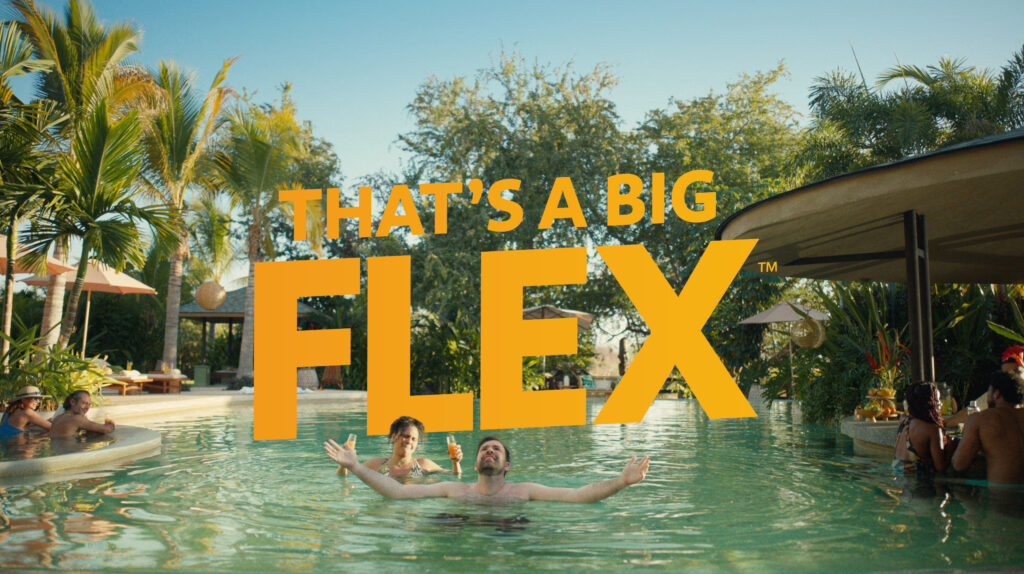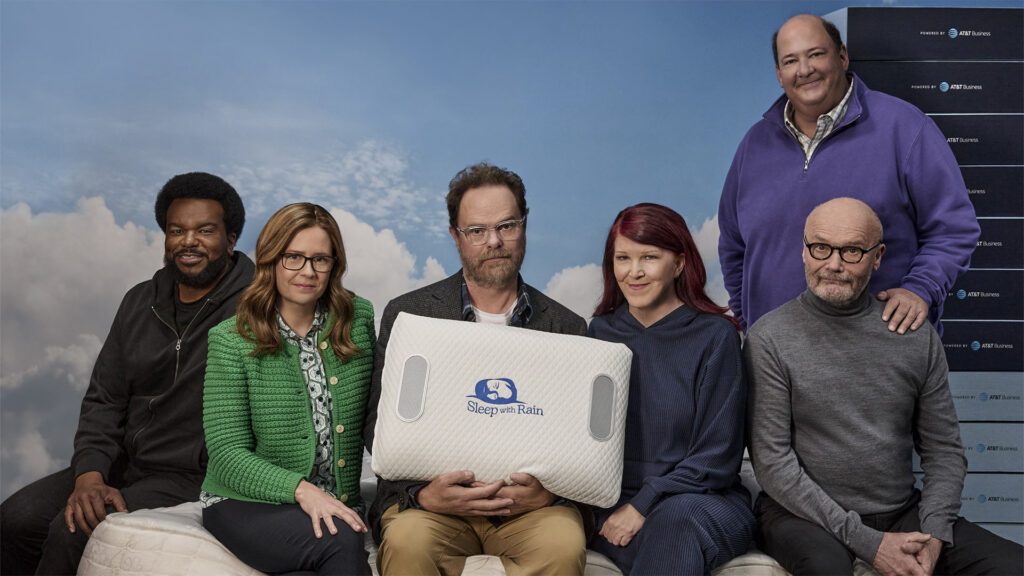There are things in life that we tend to think of as going together…so much so, that we sometimes can’t think of one without the other. Salt and pepper. Horse and cart. Needle and thread. Sonny and Cher. But if I’d said to you a few years ago that digital and health also make the perfect pairing, what would you have thought?
When I started out my career, this notion of ‘digital’ in marketing was also in the very early stages of being. Over the years I became more convinced of the power that digital could bring to my work, benefiting not just the industry or brands I was working on, but the consumers we were serving as well.
When my career took me into the healthcare industry four years ago, I was in many ways transported back to those early days in my career where ‘digital’ was thought of as an add-on. There were of course notable exceptions, but broadly speaking, digital belonged on the periphery vs being a core part of how the industry functioned.
Fast forward to 2020/2021 – and with our world facing the biggest health crisis of a generation – digital is at the forefront of healthcare now more than ever. The pandemic has propelled something that was certainly already happening, albeit very slowly, and accelerated it beyond what could have been thought possible. I’m more convinced than ever that digital and health make the perfect pair.
But like all great love stories, it’s not always straight forward. And there’s often a journey you have to go on to find the perfect partner.
Looking for love in all the right places
There were some striking numbers in the first quarter of 2020 when the pandemic took hold, but the one that resonated with me the most was the huge change in purchasing behaviour in the US which sparked ten years of eCommerce growth in just three months. The change was just as real within healthcare as in other sectors. Take OTC Household online penetration in the US…what started out at around 8% in March had pretty much doubled by June. And with those shifts being replicated worldwide, businesses everywhere – faced with no other alternative – found themselves having to pivot their commercial operating models virtually overnight to accommodate the stampede to online.
It’s often said that crisis breeds innovation, and in a lot of cases that can be true. But I’m a big believer that businesses shouldn’t wait until their hand is forced, to try out new approaches to see what might work. In other words, kissing a few frogs to find their Prince Charming.
A couple of years ago GSK Consumer Healthcare launched the Digital Accelerator programme in partnership with Accenture, which began in Asia and scaled to Europe. This programme is all about running digital commerce use cases using Agile approaches, and last year resulted in around 170 experiments in total. And while not all of these will have resulted in a perfect match, it’s proved an invaluable way to see what’s out there and help us discover those new places to find love.
So you’ve found love. How do you spread the love?
I recently joined a presentation which talked about this notion of ‘old scale’ and ‘new scale’. So the need for larger non-digital native businesses to go beyond what has traditionally worked for them in the past – think mass advertising and huge supply chains – to new ways of creating scale like investing in data and forming ‘frenemy’ partnerships with newcomers. It got me thinking about how the pandemic has brought this into sharper focus, especially with the level of disruption experienced over the last year, prompted by that huge change in purchasing behaviour.
So the opportunity has become more about how you can really spread the love to a whole new set of consumers that have emerged in the context of the pandemic. How do you leverage data to find new consumers, and help them find solutions that are right for them? How do you continue serving your existing consumers whose needs may have changed? For my company, this played out in a couple of interesting ways.
Firstly, we saw a huge increase in online searches related to the impact of Covid-19 on existing conditions – so people searching for things like ‘pain + Covid’, ‘dry mouth + Covid’. We also saw a spike in searches relating to consumers wanting to boost their immunity – for example ‘zinc + Covid’, ‘sanitising toothbrush + Covid’. All of which meant doing some digging to understand their intent, and working with our partners at Google and Facebook to deliver bespoke content that answered specific questions related to the search terms in real time.
Secondly, we had a huge influx of new to brand consumers who were stocking up across all of our categories. This presented a whole new set of challenges to understand who these brand agnostic consumers were, and where they needed support. So for example, on one of our brands we saw an influx of new buyers who were younger and much more cost conscious – so cord-cutters (people cancelling their pay television subscriptions), and younger adults with student loans. This prompted some incredible work around new audience targeting so we could gather insights that allowed us to tailor our messaging, targeting, creative and channels towards those groups. And of course, spread the love.
Keeping the spark alive
But while the statistics unveil the sharpness of the upward trajectory across all aspects of digital, the most interesting story has been the profound change in the way brands are thinking about and using their digital tools to reach consumers. The potential for digital experiences to be richer and to satisfy the needs of consumers beyond the point of sale has always been there, but the pandemic has helped brands see this more clearly.
One of the best examples of this to emerge was the incredible partnership between UK Gay Times and Voltarol, which brought to life personal stories from within the LGBTQ+ community during the pandemic, told through the lens of the charity Pride Sports. The impact of the pandemic has been disproportionately felt by certain groups – including the LGBTQ+ community – so this campaign was grounded in powerful user-generated content that told the story of how LGBTQ+ sports clubs were working to help members of the community keep active and stay connected during the pandemic. A powerful example of how to keep the spark alive by moving beyond a purely transactional relationship with consumers, to one that’s more meaningful, personal, and enduring.
I’m a great believer in the power of digital to help us solve the challenges of our age. This health crisis is already the single biggest accelerator of digital that there has ever been. It has proved to be a huge catalyst for deepening the way we connect with each other – so why not how we connect with our healthcare? Things have moved beyond just shifting healthcare from offline to online, simply to fill the gaps that need filling. People are leaning in much more to digital health experiences than ever before, and brands must be there to meet them where they are.
I’m excited about what the future holds for digital and health, and I’d love to hear about your experiences where they’ve joined together in perfect harmony.
Marc Speichert is Global Chief Digital Officer @ GSK Consumer Healthcare / Ex-Google & L’Oreal (CMO) / Advisory Board Experience.




